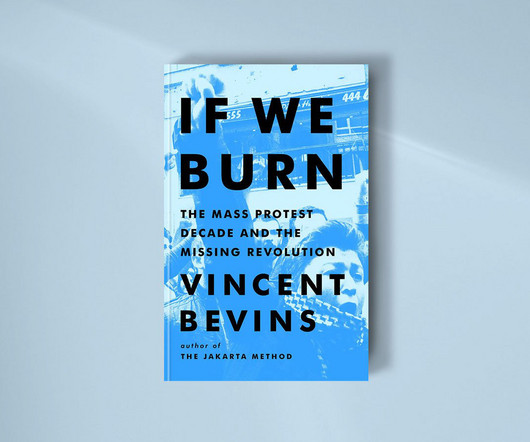Investing in Systems Change Capacity
Stanford Social Innovation Review
JANUARY 24, 2024
A market innovation like creating a sustainable seafood market is unlikely to create enduring systems change without building strong relationships with civil society. The Garfield Foundation offers a different example of how networks with capacity achieve systems change that evades individual groups.
















Let's personalize your content